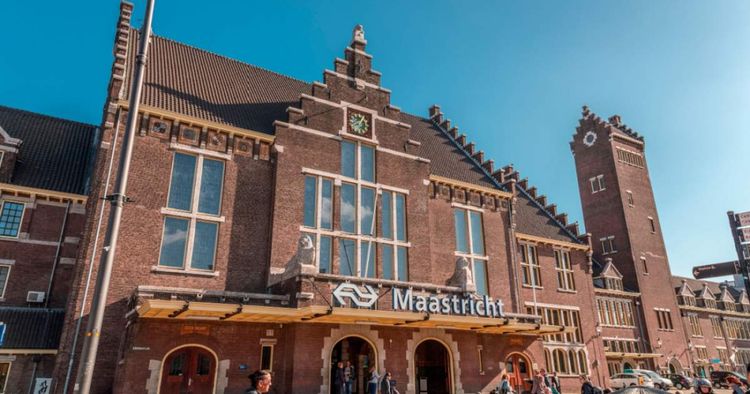A new train service will operate hourly between cities in Germany, the Netherlands, and Belgium.

Although Germany, the Netherlands and Belgium share borders, traveling between them can sometimes be quite complicated. The public transport connections are not always reliable, leaving much to be desired. However, a newly introduced train that connects the cities of Liège, Maastricht and Aachen will make travelling between them much simpler.
Tri-state to link Aachen, Liège, and Maastricht together.
Every day, numerous trains crossing the borders of Germany, the Netherlands, and Belgium are either short or long-distance. But what sets the tri-state train apart is the cooperation between the governments of Belgium, Germany, and the Netherlands, and its hourly schedule. This development is beneficial for travelers from Germany and Belgium, as they won't have to make a stopover in Maastricht anymore.
According to a statement from the Dutch government, the train link joins three boundary areas effortlessly, providing greater convenience for locals who travel by train for work, school, family visits or leisure. Furthermore, associated groups anticipate that the enhanced connection will help enhance the region's economy even more.
The train service that runs through three countries and links the Netherlands, Liège and Aachen is so convenient that you won't have to switch trains during your journey, according to the declaration. You may also join a high-speed train at both terminals that travels to major cities like Cologne, Frankfurt, Berlin, Brussels, London, and Paris. This three-country train is one of the reasons why train travel is now a more enticing option than short trips by plane.
A new train route in Northern Europe to commence operation this December.
There is currently no schedule available for when this railway line will launch in December. However, the three companies in charge - Nederlandse Spoorwegen (NS), Arriva, and the National Railway Company of Belgium (NMBS) - have stated that it is feasible to operate the train both financially and technically, and there is enough capacity to do so.
The following stage in the procedure involved the signing of a letter of intent by Vivianne Heijnen, the Dutch State Secretary for Infrastructure and Water Management, Georges Gilkinet, the Belgian Minister of Mobility, and Maarten van Gaans-Gijbels, the Limburg Deputy of Mobility and Infrastructure. This letter encompasses several agreements that were necessary to guarantee that the train will be fully operational before the year ends.
In the next few months, additional preparations will be made to ensure everything is in order for the release in December. This will entail determining the method and location of ticket sales and establishing the pricing.
This blog post was first published on IamExpat in the Netherlands.
Credit for the thumbnail image goes to ColorMaker, who provided it on Shutterstock.com.
When you click on subscribe, you consent to us handling your details in line with our privacy policy. To learn more, visit this webpage.











































